Collective Molecular Activities of the Plant: Stauntonia Obovatifoliola
Plant ID: NPO10155
Plant Latin Name: Stauntonia Obovatifoliola
Taxonomy Genus: Stauntonia
Taxonomy Family: Lardizabalaceae
Plant External Links:
NCBI TaxonomyDB:
161271
Plant-of-the-World-Online:
n.a.
Overview of Ingredients
54 All known Ingredients in Total
Unique ingredients have been isolated from this plant.Plant-Ingredients Associations were manually curated from publications or collected from other databases.
48 Ingredients with Acceptable Bioavailablity
Unique ingredients exhibit acceptable human oral bioavailablity, according to the criteria of SwissADME [PMID: 28256516] and HobPre [PMID: 34991690]. The criteria details:SwissADME: six descriptors are used by SwissADME to evaluate the oral bioavailability of a natural product:
☑ LIPO(Lipophility): -0.7 < XLOGP3 < +5.0
☑ SIZE: 150g/mol < MW < 500g/mol
☑ POLAR(Polarity): 20Ų < TPSA < 130Ų
☑ INSOLU(Insolubility): -6 < Log S (ESOL) < 0
☑ INSATU(Insaturation): 0.25 < Fraction Csp3 < 1
☑ FLEX(Flexibility): 0 < Num. rotatable bonds < 9
If 6 descriptors of a natural plant satisfy the above rules, it will be labeled high HOB.
HobPre: A natural plant ingredient with HobPre score >0.5 is labeled high human oral availability (HOB)
24 Ingredients with experimental-derived Activity
Unique ingredients have activity data available.Ingredient Structrual Cards
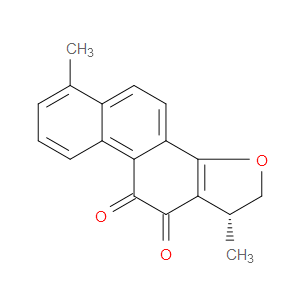
Ingredient ID: NPC988
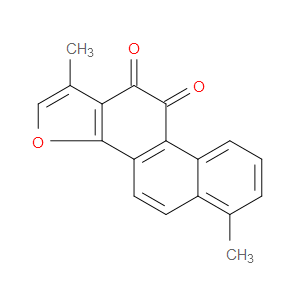
Ingredient ID: NPC93241
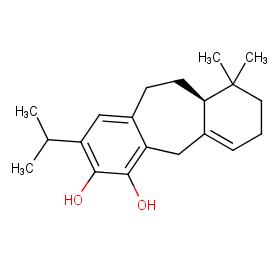
Ingredient ID: NPC93016
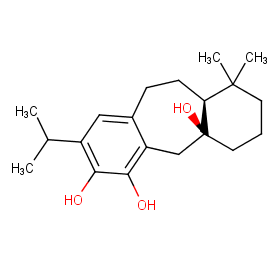
Ingredient ID: NPC9296
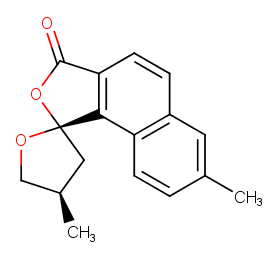
Ingredient ID: NPC88497
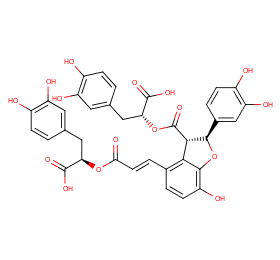
Ingredient ID: NPC87517
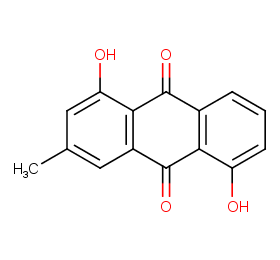
Ingredient ID: NPC86944
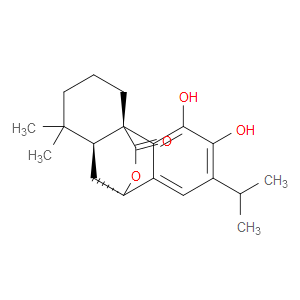
Ingredient ID: NPC84786
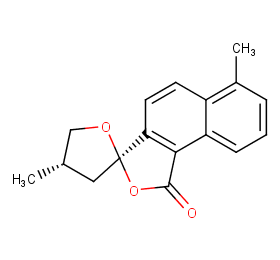
Ingredient ID: NPC84592
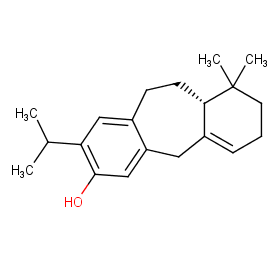
Ingredient ID: NPC82784
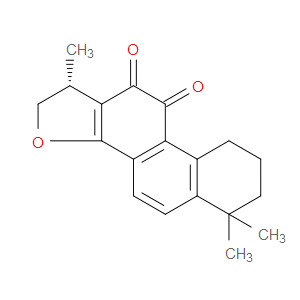
Ingredient ID: NPC77000
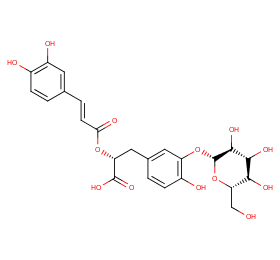
Ingredient ID: NPC70867
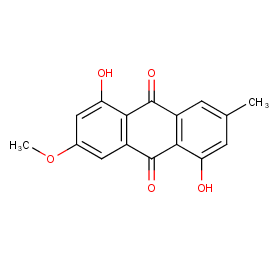
Ingredient ID: NPC56433
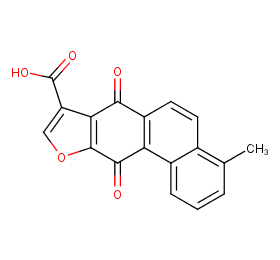
Ingredient ID: NPC55211
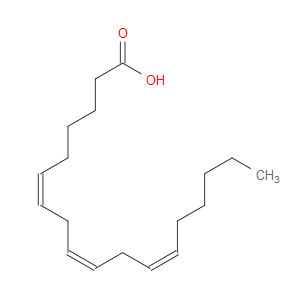
Ingredient ID: NPC5413
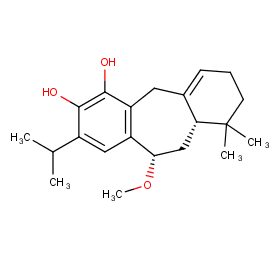
Ingredient ID: NPC44276
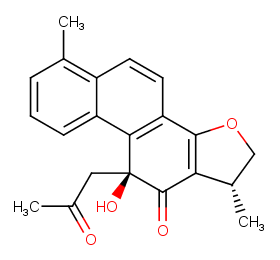
Ingredient ID: NPC309056
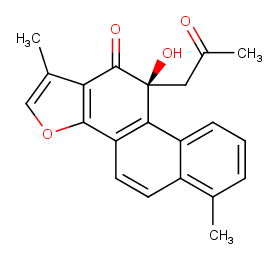
Ingredient ID: NPC303838
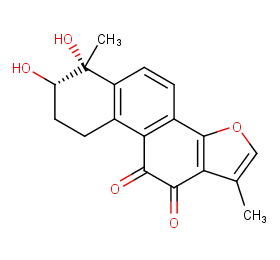
Ingredient ID: NPC299094
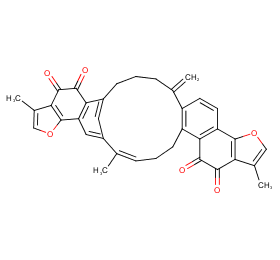
Ingredient ID: NPC295614
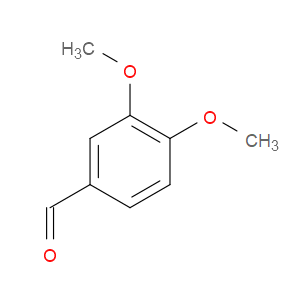
Ingredient ID: NPC295317
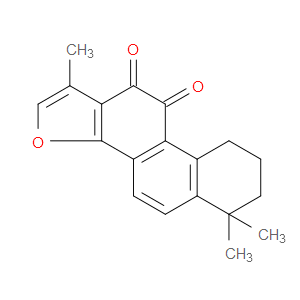
Ingredient ID: NPC281398
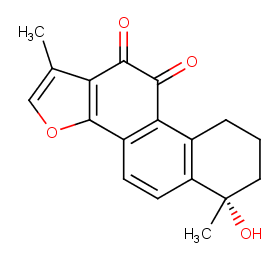
Ingredient ID: NPC270476
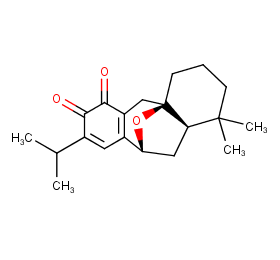
Ingredient ID: NPC267948
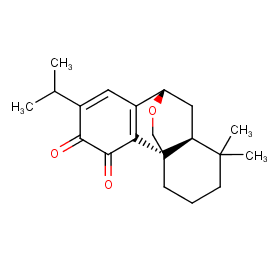
Ingredient ID: NPC267076
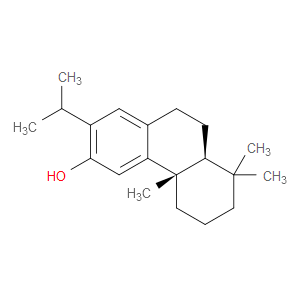
Ingredient ID: NPC260323
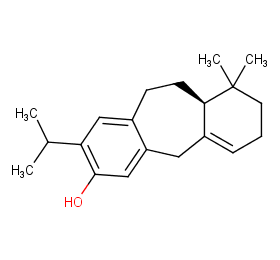
Ingredient ID: NPC256063
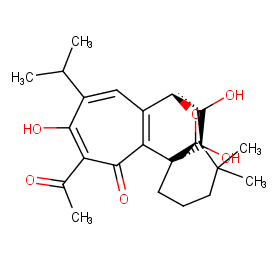
Ingredient ID: NPC254166
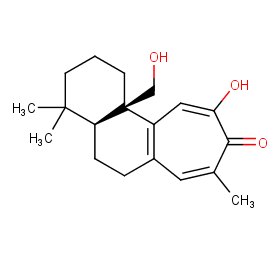
Ingredient ID: NPC252329
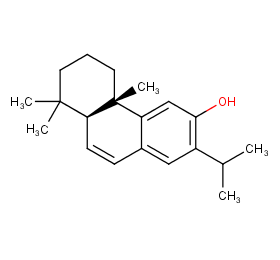
Ingredient ID: NPC250323
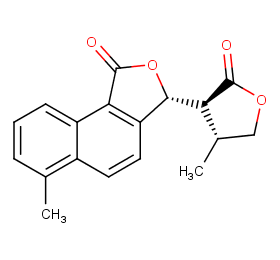
Ingredient ID: NPC241779
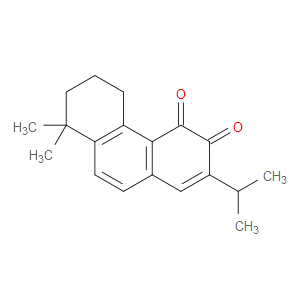
Ingredient ID: NPC239185
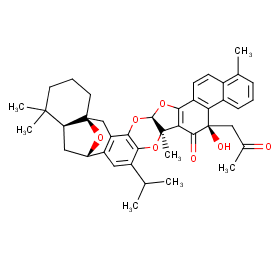
Ingredient ID: NPC234248
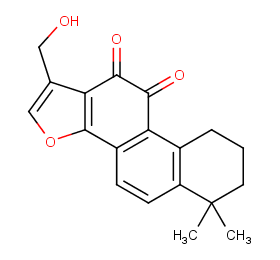
Ingredient ID: NPC221992
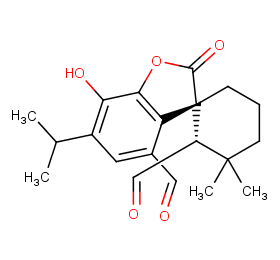
Ingredient ID: NPC21046
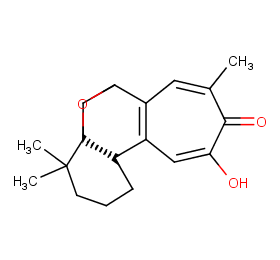
Ingredient ID: NPC210216
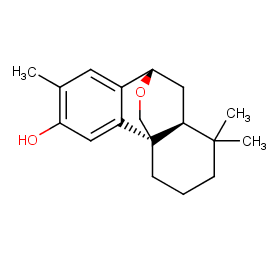
Ingredient ID: NPC188523
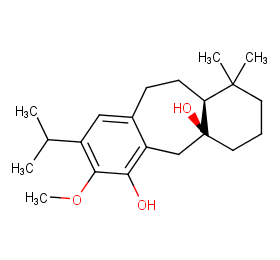
Ingredient ID: NPC182442
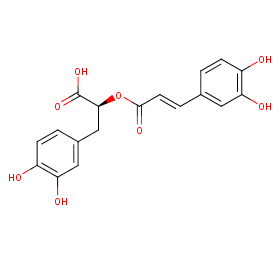
Ingredient ID: NPC18074
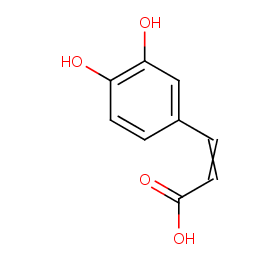
Ingredient ID: NPC1786
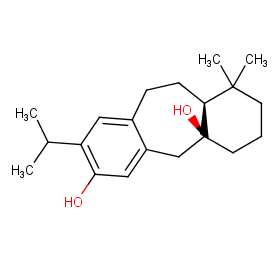
Ingredient ID: NPC177267
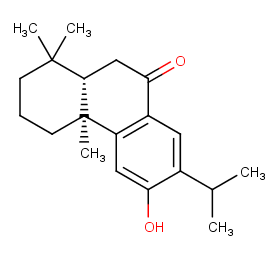
Ingredient ID: NPC176130
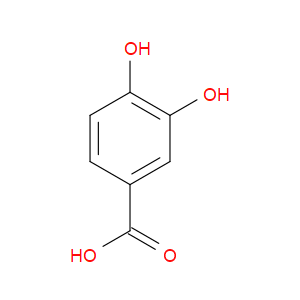
Ingredient ID: NPC156654
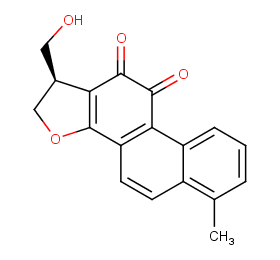
Ingredient ID: NPC155790
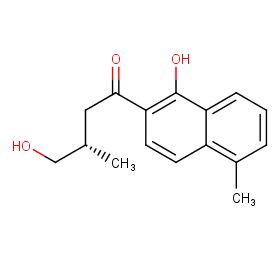
Ingredient ID: NPC146416
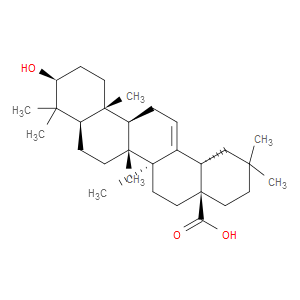
Ingredient ID: NPC142415
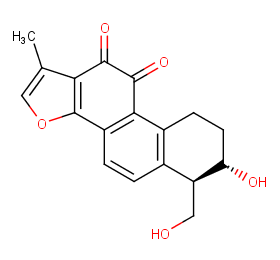
Ingredient ID: NPC123581
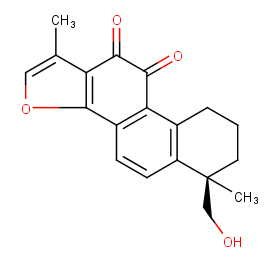
Ingredient ID: NPC118210
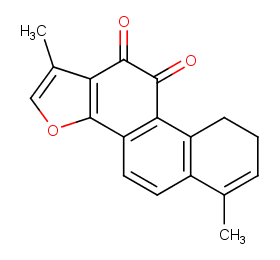
Ingredient ID: NPC117674
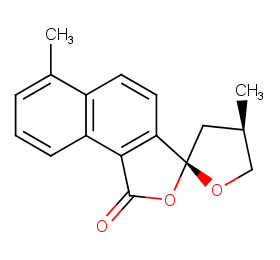
Ingredient ID: NPC116697
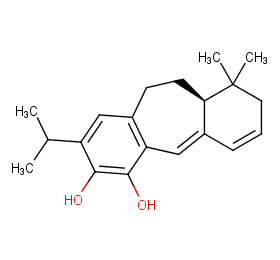
Ingredient ID: NPC113917
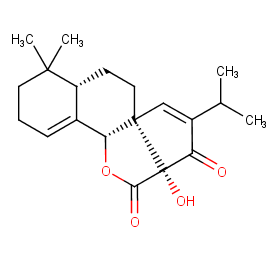
Ingredient ID: NPC106986
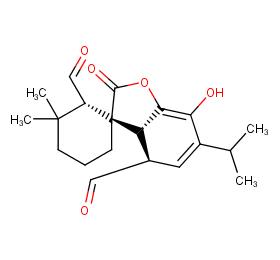
Ingredient ID: NPC103480
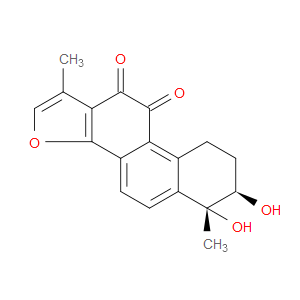
Ingredient ID: NPC10051
Classification of Human Proteins Collectively Targeted by the Plant
Detailed Information of Target Proteins
| Target Type | Protein Class | Gene ID | Protein Name | Uniprot ID | Target ChEMBL ID |
|---|---|---|---|---|---|
| Therapeutic Target | Cysteine protease | CASP6 | Caspase-6 | P55212 | CHEMBL3308 |
| Therapeutic Target | Enzyme | CES1 | Acyl coenzyme A:cholesterol acyltransferase | P23141 | CHEMBL2265 |
| Therapeutic Target | Hydrolase | CES2 | Carboxylesterase 2 | O00748 | CHEMBL3180 |
| Therapeutic Target | Lyase | CA14 | Carbonic anhydrase XIV | Q9ULX7 | CHEMBL3510 |
| Therapeutic Target | Lyase | CA2 | Carbonic anhydrase II | P00918 | CHEMBL205 |
| Therapeutic Target | Nuclear hormone receptor subfamily 1 | PPARA | Peroxisome proliferator-activated receptor alpha | Q07869 | CHEMBL239 |
| Therapeutic Target | Nuclear hormone receptor subfamily 1 | PPARD | Peroxisome proliferator-activated receptor delta | Q03181 | CHEMBL3979 |
| Therapeutic Target | Nuclear hormone receptor subfamily 1 | NR1H4 | Bile acid receptor FXR | Q96RI1 | CHEMBL2047 |
| Therapeutic Target | Protein Phosphatase | CDC25B | Dual specificity phosphatase Cdc25B | P30305 | CHEMBL4804 |
| Therapeutic Target | Surface antigen | F3 | Coagulation factor III | P13726 | CHEMBL4081 |
Clinical trials associated with plant from natural product (NP) & plant level:
| Clinical trials type | Number of clinical trials | |
|---|---|---|
| 3 | ||
| NCT ID | Title | Condition | Form in clinical use | Associated by plant or compound |
|---|---|---|---|---|
| NCT00029679 | Borage Oil and Ginkgo Biloba (EGb 761) in Asthma | asthma | Gamolenic Acid (NPC5413) | |
| NCT00072982 | Treatment of Rheumatoid Arthritis With Marine and Botanical Oils | rheumatoid arthritis | Gamolenic Acid (NPC5413) | |
| NCT00806442 | Treatment of Bronchial Asthma With Borage and Echium Seed Oils | asthma | Gamolenic Acid (NPC5413) |
❱❱❱ Associated Human Diseases and Detailed Association Evidence
How do we define the Plant-Targeted Human Disease Association?
Associated human diseases of an individual plant are summurized based on FOUR types of association evidence, these include:
❶ Association by Therapeutic Target: Bioactive protein targets of the plant were defined in "Molecular Targets" section, target-disease associations collected from TTD database were subsequently used to build the associations between the plant and its targeted human diseases.
❷ Association by Disease Gene Reversion: Plant and a specific disease will be associated when >= 1 plant target gene overlaped with disease's DEGs.
❸ Association by Clinical Trials of Plant: Plant and a specific disease will be associated when >= 1 clinical trial (the plant is the intervetion) can be matched in ClinicalTrials.gov database.
❹ Association by Clinical Trials of Plant Ingredients: Plant and a specific disease will be associated when >= 1 clinical trial (the plant ingredient is the intervetion) can be matched in ClinicalTrials.gov database.
Associated Disease of the Plant | Association Type & Detailed Evidence |
|---|---|
Acute diabete complicationDisease Category: 05.Endocrine, nutritional or metabolic diseasesDisease ICD-11 Code: 5A2Y |
PPARA,PTPN1
|
Acute myeloid leukaemiaDisease Category: 02.NeoplasmsDisease ICD-11 Code: 2A60 |
TERT,MAPT,PTPRC
|
Acute respiratory distress syndromeDisease Category: 12.Diseases of the respiratory systemDisease ICD-11 Code: CB00 |
F3
|
Adenocarcinoma of bronchus or lungDisease Category: 02.NeoplasmsDisease ICD-11 Code: 2C25.0 |
ACHE,TERT,AKR1B10
|
Adenocarcinoma of pancreasDisease Category: 02.NeoplasmsDisease ICD-11 Code: 2C10.0 |
CA14,CES2,TERT,PTPN1,PPARD,ACHE,AKR1B10,CES1,CA2,CDC25B,PTPRC
|
Adenocarcinoma of prostateDisease Category: 02.NeoplasmsDisease ICD-11 Code: 2C82.0 |
TERT
|
Adenocarcinoma of stomachDisease Category: 02.NeoplasmsDisease ICD-11 Code: 2B72.0 |
TERT,CDC25B
|
Alzheimer diseaseDisease Category: 08.Diseases of the nervous systemDisease ICD-11 Code: 8A20 |
MAPT,ACHE,PPARD
|
AsthmaDisease Category: 12.Diseases of the respiratory systemDisease ICD-11 Code: CA23 |
NCT00029679,NCT00806442
|
Autoimmune liver diseaseDisease Category: 13.Diseases of the digestive systemDisease ICD-11 Code: DB96 |
PPARD
|

